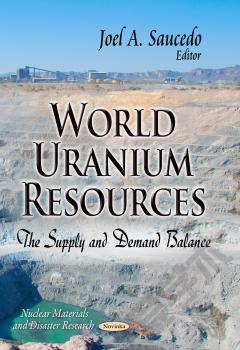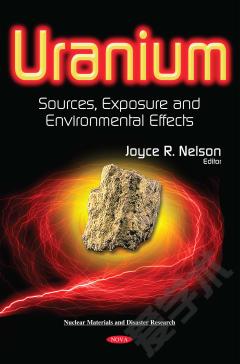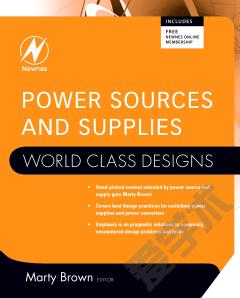World Uranium Resources: The Supply and Demand Balance
The U.S. Department of Energy, Energy Information Administration (EIA) joined with the U.S. Department of the Interior, U.S. Geological Survey (USGS) to analyze the world uranium supply and demand balance. To evaluate short-term primary supply (0–15 years), the analysis focused on Reasonably Assured Resources (RAR), which are resources projected with a high degree of geologic assurance and considered to be economically feasible. Such resources include uranium resources from mines currently in production as well as resources that are in the stages of feasibility or of being permitted. Sources of secondary supply for uranium, such as stockpiles and reprocessed fuel, were also examined. To evaluate long-term primary supply, estimates of uranium from unconventional and from undiscovered resources were analyzed. At 2010 rates of consumption, uranium resources identified in operating or developing mines would fuel the world nuclear fleet for about 30 years. However, projections currently predict an increase in uranium requirements tied to expansion of nuclear energy worldwide. This book presents critical analyses of world uranium resources with a focus on identified resources, production capacity and long-term demand and supply projections.
{{comment.content}}








 京公网安备 11010802027623号
京公网安备 11010802027623号